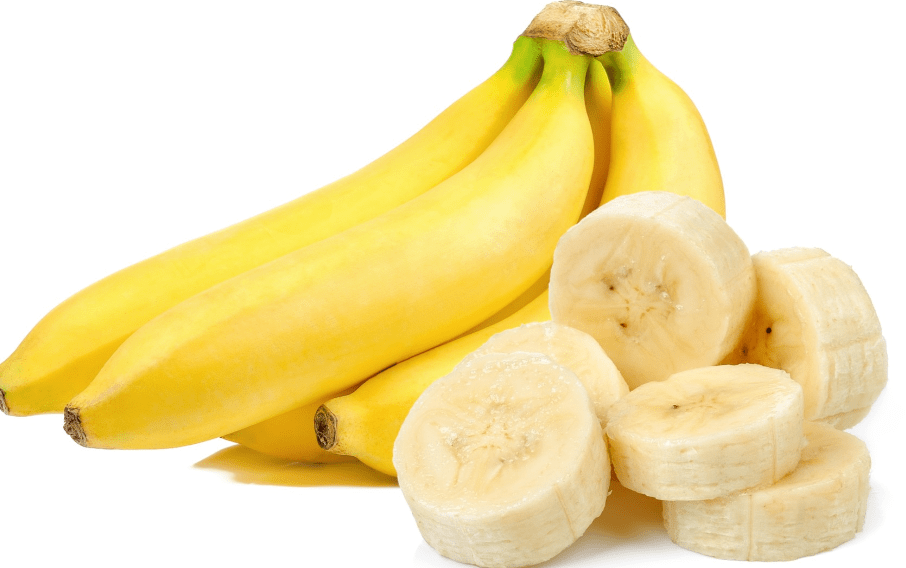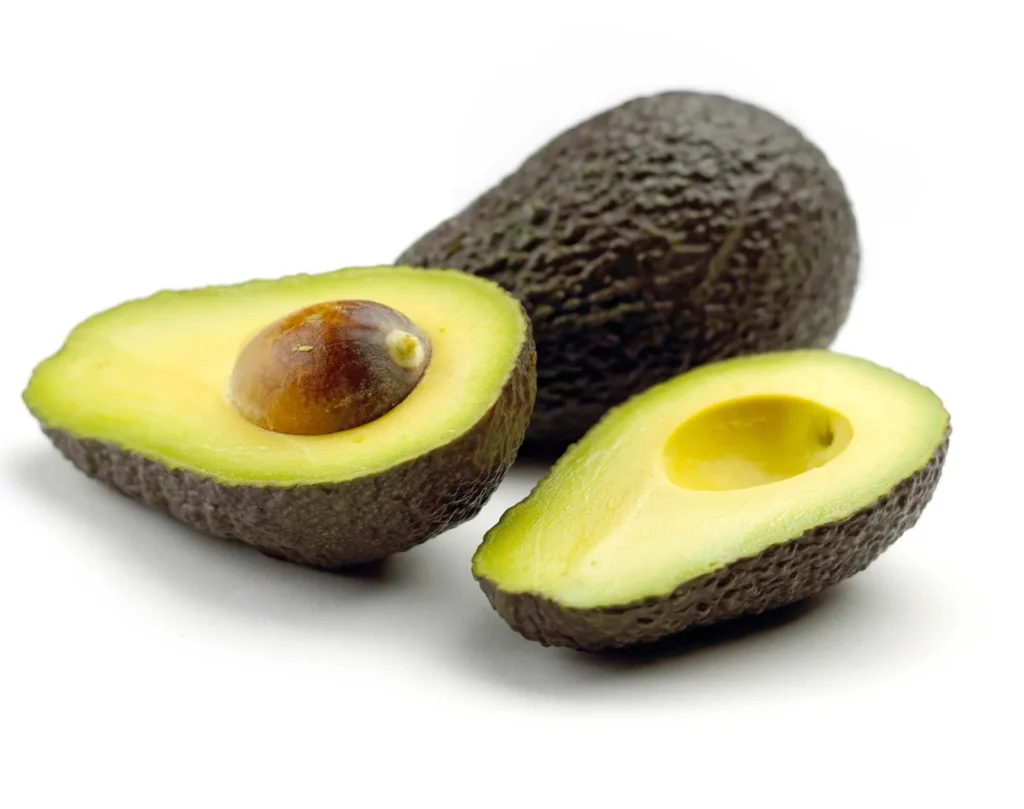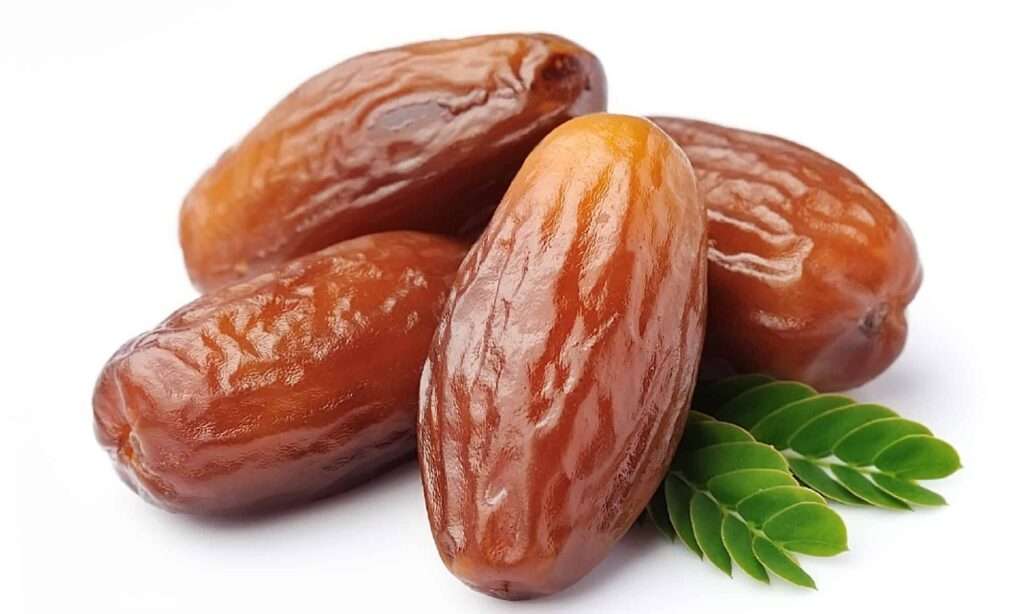
Description
The banana heart produces a big hanging cluster of banana fruits that are divided into tiers (known as “hands”), each of which can contain up to 20 fruits. The hanging cluster, which can weigh 30–50 kilograms (66–110 lb), is referred to as a bunch and has three to twenty levels. It is also referred to as a “banana stem” in commerce.
Varieties
Over 1000 distinct banana species, broken down into 50 categories, are grown worldwide. Some are sweet, such as the most popular and commonly exported Cavendish cultivar. It was first cultivated in 1830 at Chatsworth House in the UK and is called after Musa cavendishii.

Uses
The most popular form of Cavendish, bananas is fresh fruit, but they can also be mashed, fried, and in pies . Additionally, they can be utilized to flavour cakes, breads, and muffins.
Nutrition
About 110 calories, 0 grams of fat, 1 gram of protein, 28 grams of carbohydrates, 15 grams of naturally occurring sugar, 3 grams of fiber, and 450 mg of potassium are present in one medium-sized, ripe banana.
Cultivation
Banana plants naturally flourish in humid tropical environments with deep, loose, well-drained soils. Irrigation allows for its productive cultivation in semiarid regions like southern Jamaica. Fruit output is therefore essentially constant after the first harvest ripens about 10 to 15 months following planting. Suckers and divisions of rhizomes are used for planting. Frequent pruning is required in a banana plantation to remove extra growth and prevent crowding. With nine or more hands and weighing between 22 and 65 kg (49 and 143 pounds), the optimal commercial banana bunches are described.
Table





